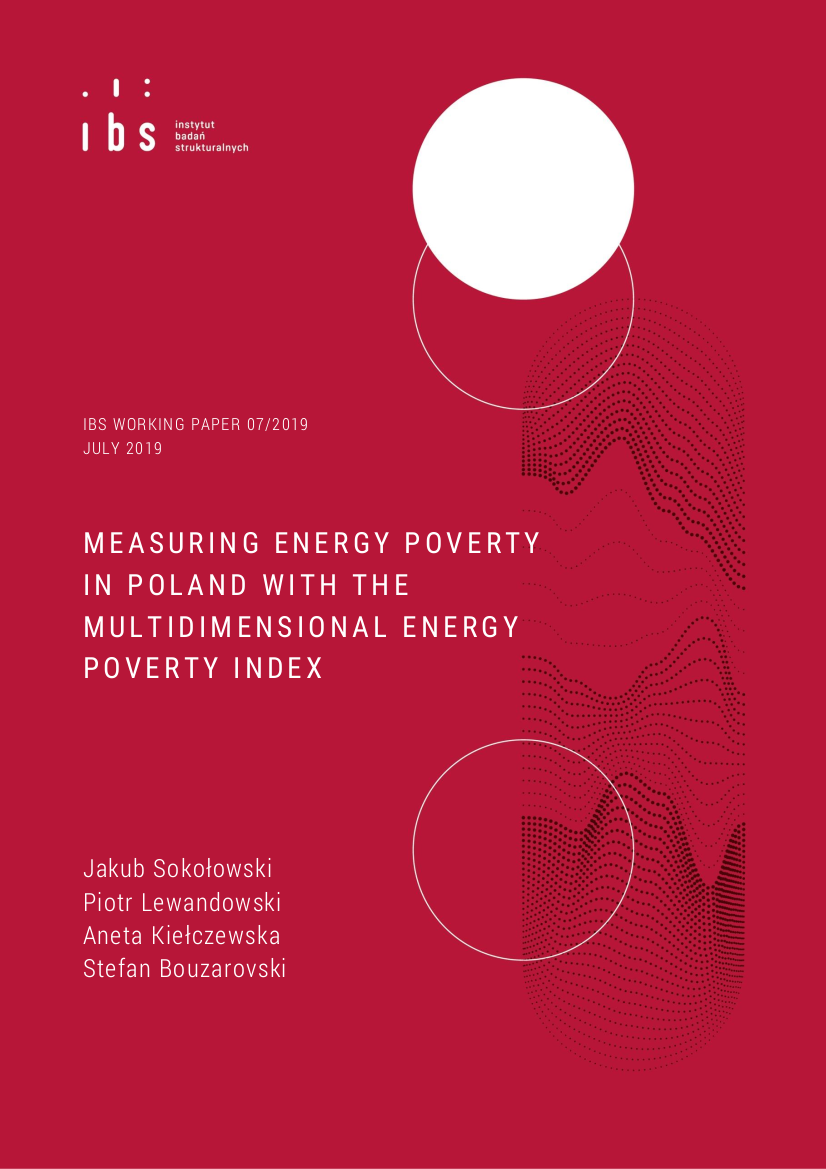Energy Sources, Part B: Economics, Planning and Policy 15 (2), 2020.
Energy poverty is a complex problem that is generally caused by having a low income, having high energy costs, and/or living in a home with low energy efficiency. Various indicators capture these factors, but there is no consensus among researchers on which is the best one, or on how to combine them. Thus, poverty mapping and policy planning would benefit from having access to a unitary index of poverty. We have created a multidimensional energy poverty index using the methodology proposed by Alkire and Foster (2008). The index accounts for five dimensions of energy deprivation: two objective indicators of “low income, high costs” and “high share of energy expenditure in income”, as well as three subjective indicators of “inability to keep the home adequately warm”, “presence of leaks, damp, or rot” and “difficulties paying utility bills”. We define households as poor if at least two forms of deprivation are present. We apply our index to Poland using Household Budget Survey data. We find that in 2017, 10% of households in Poland suffered from multidimensional energy poverty, and that about half of these households were also income-poor. Households living in buildings built before 1946, households living in rural areas, and households that were dependent on retirement and disability pensions or on unearned sources of income were at especially high risk of energy poverty.

This paper uses Statistics Poland data. Statistics Poland has no responsibility for the results and the conclusions, which are those of the authors. The usual disclaimers apply. All errors are ours.

